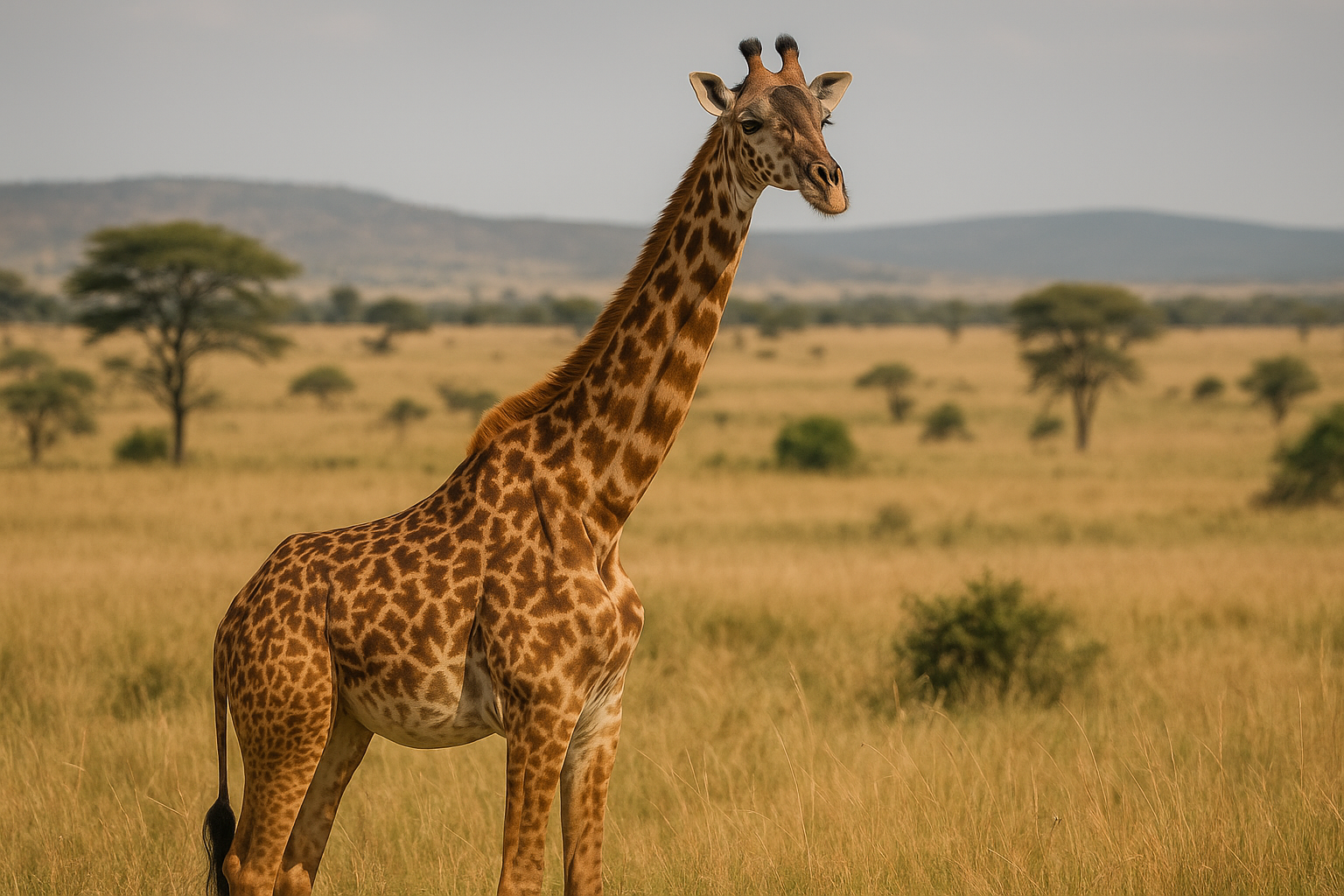Domain Eukarya: A Comprehensive Exploration
The Domain Eukarya represents one of the three domains of life, alongside Bacteria and Archaea.
Distinguished by its cellular complexity and diversity, Eukarya encompasses all organisms with eukaryotic cells, including animals, plants, fungi, and protists.
This domain has been central to the evolution of complex multicellular life, ecological interactions, and the development of ecosystems.
Characteristics of Domain Eukarya
1. Cell Structure:
Nucleus: Eukaryotic cells have a membrane-bound nucleus containing linear chromosomes with histone-associated DNA.
Organelles: Specialized organelles like mitochondria, chloroplasts (in photosynthetic eukaryotes), Golgi apparatus, and endoplasmic reticulum compartmentalize cellular functions.
Cytoskeleton: Composed of microtubules, intermediate filaments, and microfilaments, it provides structural support, intracellular transport, and cell division mechanisms.
Larger Size: Eukaryotic cells are generally larger (10–100 µm) than prokaryotic cells.
2. Reproduction:
Sexual Reproduction: Eukaryotes exhibit meiosis, which generates genetic diversity through recombination and gamete fusion.
Asexual Reproduction: Mitosis allows growth and maintenance of multicellular organisms or reproduction in unicellular forms.
3. Metabolism:
Highly diverse metabolic pathways, including autotrophy (e.g., photosynthesis in plants and algae) and heterotrophy (e.g., animals and fungi relying on organic compounds).
4. Cell Division:
Mitosis: Ensures equal partitioning of chromosomes into daughter cells.
Meiosis: Reduces chromosome number by half, essential for gamete production in sexually reproducing organisms.
5. Genetic Organization:
Linear DNA organized into multiple chromosomes.
Extensive use of non-coding DNA (introns) and epigenetic regulation.
Evolutionary Origin of Eukarya
Eukarya likely evolved through the following key events:
1. Endosymbiotic Theory:
Proposed by Lynn Margulis, this theory suggests that eukaryotic cells emerged from symbiotic relationships between ancestral prokaryotic cells:
Mitochondria: Derived from an ancestral α-proteobacterium engulfed by a host cell, enabling aerobic respiration.
Chloroplasts: Evolved from cyanobacteria engulfed by early eukaryotic cells, leading to photosynthetic lineages (plants and algae).
2. Evolution of Membrane Systems:
The infolding of the plasma membrane gave rise to the nuclear envelope and endomembrane system, allowing compartmentalization and more efficient cellular processes.
3. Genetic Innovations:
Horizontal gene transfer between symbionts and the host cell increased genetic complexity, promoting metabolic diversity and adaptation.
4. Multicellularity:
Evolved independently in several lineages (e.g., animals, plants, and fungi), enabling cellular specialization and larger body sizes.
Classification Within Domain Eukarya
Domain Eukarya is divided into four major kingdoms, though modern classifications increasingly use supergroups to reflect evolutionary relationships.
Kingdoms:
1. Protista: A diverse group of unicellular and simple multicellular organisms.
2. Fungi: Heterotrophic organisms with chitinous cell walls, crucial for decomposition.
3. Plantae: Photosynthetic autotrophs with cellulose-based cell walls.
4. Animalia: Multicellular heterotrophs lacking cell walls, capable of movement and complex behavior.
Supergroups (Modern Classification):
Supergroups categorize eukaryotes into clades based on molecular phylogeny:
1. Excavata: Includes flagellated unicellular organisms like Giardia and Euglena.
2. SAR Clade: Comprising Stramenopiles (diatoms, brown algae), Alveolates (dinoflagellates, ciliates), and Rhizarians (foraminiferans).
3. Archaeplastida: Includes red algae, green algae, and land plants, all descendants of primary endosymbiosis with cyanobacteria.
4. Amoebozoa: Amoeboid organisms like Amoeba and slime molds.
5. Opisthokonta: The group containing fungi, animals, and their unicellular relatives (e.g., choanoflagellates).
Ecological Roles of Eukaryotes
Eukaryotes play fundamental roles in ecosystems, impacting every trophic level:
1. Primary Producers:
Photosynthetic eukaryotes like plants, algae, and phytoplankton convert solar energy into chemical energy, supporting nearly all life.
2. Decomposers:
Fungi and some protists break down organic matter, recycling nutrients into ecosystems.
3. Consumers:
Animals occupy various trophic levels, from primary consumers (herbivores) to apex predators.
4. Symbiotic Relationships:
Mycorrhizal fungi enhance nutrient uptake for plants.
Protists like Trichonympha live in termite guts, aiding cellulose digestion.
Conservation and Threats to Eukaryotic Biodiversity
1. Major Threats:
Habitat Loss: Deforestation, urbanization, and agriculture reduce habitats for plants and animals.
Pollution: Chemicals disrupt aquatic ecosystems, affecting protists and other foundational organisms.
Climate Change: Alters ecosystems, impacting species distributions and interactions.
Overexploitation: Unsustainable harvesting of eukaryotic species (e.g., overfishing, logging).
2. Conservation Strategies:
Protected Areas: Establishing reserves for biodiversity hotspots.
Ecosystem Restoration: Reforestation and wetland restoration to support eukaryotic life.
Global Initiatives: Conventions like the Convention on Biological Diversity (CBD) promote global cooperation.
Significance of Eukaryotes in Evolutionary Context
Eukaryotes mark a profound leap in biological complexity:
1. Innovations in Cellular Organization: Compartmentalization allowed simultaneous metabolic processes.
2. Genetic Plasticity: Facilitated adaptation to diverse environments.
3. Diverse Forms: From unicellular protists to complex multicellular organisms like humans.
This evolutionary success has made Domain Eukarya indispensable to Earth's biosphere, influencing ecological dynamics and the evolutionary trajectory of life.









No comments:
Post a Comment